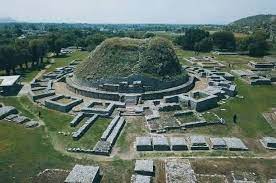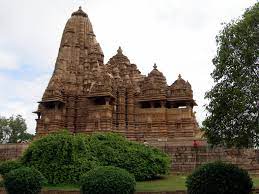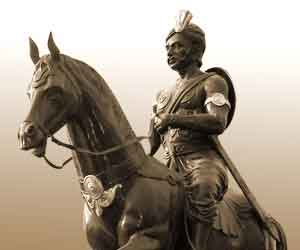
#OurTrueHistory @ShefVaidya
The word “Dharma” has multiple meanings depending on the context in which it is used. These include: conduct, duty, right, justice, virtue, morality, religion, religious merit, good work according to a right or rule, etc.
The word “Dharma” has multiple meanings depending on the context in which it is used. These include: conduct, duty, right, justice, virtue, morality, religion, religious merit, good work according to a right or rule, etc.

Religion applies only to human beings and not to the entire cosmos; there is no religion of electrons, monkeys, plants and galaxies, whereas all of them have their "Dharma" even if they carry it out without intention. 

The equivalent of Dharma in English is considered "religion". If "religion" means the condition of belonging to a religious order,then "Dharma" has nothing to do with religion. In this sense, the Sanskrit word for "religion" can be "sampradaya" or "Mata", but not Dharma. 

In the day-to-day practice of morality and ethics, there are different aspects of dharma, such as:
Vyakti-Dharma
Grihastha- Dharma
Samajika-Dharma
Rajya-Dharma
Vyakti-Dharma
Grihastha- Dharma
Samajika-Dharma
Rajya-Dharma

Puruṣārtha literally means an “object of human pursuit”. It is a key concept in Hinduism and refers to the four end goals of a human life. 

• • •
Missing some Tweet in this thread? You can try to
force a refresh


























